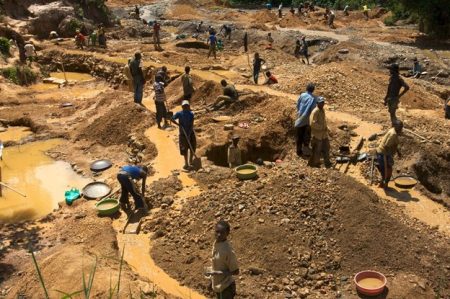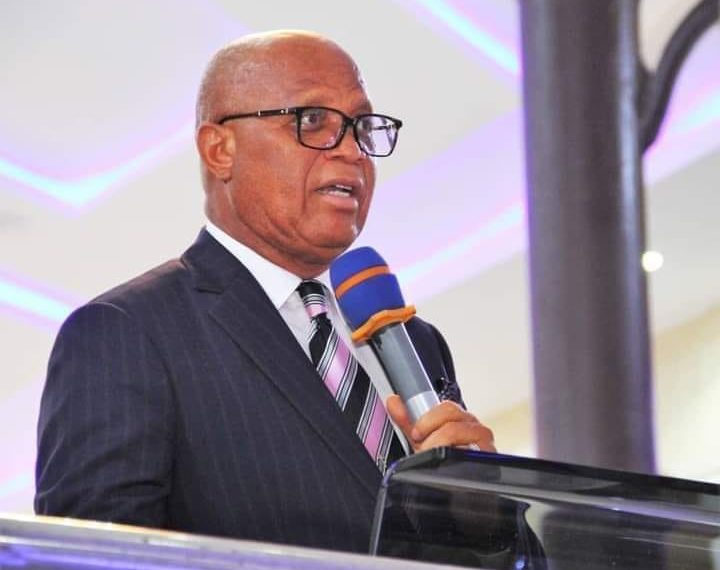1 September 2011, Sweetcrude, Lagos – Minister of Power, Prof. Bart Nnaji, says the level of power generation in Nigeria will rise to 10,000 megawatts by 2013, 13,000MW by 2014 and 15,000MW by 2015.
This translates to an increase of about 275 per cent in 2015 over the 4,000MW currently generated in the country. He made this disclosure at an energy conference in Lagos.
The minister also revealed that President Goodluck Jonathan has approved the building of a Super Grid transmission infrastructure, which would make Nigeria one of the few countries in the world to have the state-of-the-art facility.
According to Nnaji, the Super Grid has the capacity to transmit through 726KV lines, which is more than double of the present 320KV lines.
He said government was already clearing a lot of faults in the transmission network across the nation, as well as upgrading and modernising the system to ensure uninterrupted power supply. “This is why the transmission infrastructure now wheels over 4,000MW comfortably,” he said.
To generate 40,000MW of electricity by 2020 like is obtainable in South Africa, he said Nigeria would need to invest $10 billion in the sector annually for the next 10 years.
This would amount to a whopping $100 billion, with generation alone taking up 35 per cent. He said the huge capital outlay was not available to the Federal Government, which had other competing needs.
“Nor can this amount be obtained within the country for the sole purpose of developing the power sector. This kind of money is available in the international money markets. Nigeria’s power sector can attract it,” he added.
He said for Nigeria to be among the 20 largest economies by the year 2020, there was the need to develop the power sector, which over the decades had unfortunately not been accorded the priority attention it deserved.
Highlighting the nation’s challenges in the power sector, he said, “By the time the president assumed office in May last year as the substantive President of Nigeria, the quantum of power generated for the whole country was between 2,800 and 3,000MW. For a nation of 150 million people, this quantum of power was quite poor.
“Worse, the transmission and distribution networks were in a shambles. In August, 2010, for instance, Nigeria achieved for the first time ever 3,800MW, but the system collapsed immediately because the transmission infrastructure was too weak and dilapidated to wheel this quantum of power.”
In contrast, Nnaji said South Africa, a medium size economy with 47 million people, generates 40,000MW, of which it was now grappling with load shedding or power rationing following proofs that its available electricity in recent years was inadequate.
The Minister said, “To reach South Africa’s current level of power generation, which is the irreducible level our country has to attain by the year 2020, we need to invest $10 billion in the power sector annually for the next 10 years.”
He said in line with the 2005 Electric Power Sector Reform Act, which made the private sector the main driver of electricity development in the country, the Bureau of Public Enterprises called for Expressions of Interest in 17 of the 18 Power Holding Company of Nigeria successor companies.
According to him, the 17 companies slated for privatisation comprised 11 distribution companies and six generation firms, as the 18th, which is the Transmission Company of Nigeria, would remain government-owned but managed by a company with an established record of performance so as to ensure efficiency and effectiveness.
Nnaji described the response as swift and impressive, adding that, “As many as 331 companies across the globe participated in the EoIs. They included a number of indigenous firms and world class companies.”
The National Council on Privatisation, he noted, had approved and shortlisted potential bidders after receiving the 331 EoIs, adding that 105 bidders had made 171 payments of $20,000 each. “40 firms have been shortlisted to bid for the concession of the hydro stations, 87 shortlisted for the thermal stations and 80 for the electricity distribution companies, bringing the total number to 207. It is interesting that, in spite of the global economic crisis and the reported decline in Foreign Direct Investment, there has been a remarkable growth in international investor confidence in Nigeria’s power sector in the last one year,” he said.
Nnaji said a Brazilian company, for instance, had offered to buy the Federal Government’s stake in the 17 PHCN successor companies for $100 billion, and with the inauguration of the Electricity Bulk Trading Company board on Tuesday, August 22, 2011, investor confidence had been bolstered further.
He added, “The bulk trader, which enjoys the World Bank Partial Risk Guarantee, exists to give comfort and confidence to generation companies, that is, it guarantees power generating companies payment for their products, and would cease to exist when the distribution companies are mature enough by being creditworthy.
He said the government was not resting on its oars, or waiting for the private sector to do everything in the power sector, as the present administration had added over 1,000MW to the national grid, through plant recovery, and was targeting the generation of 5,000MW by December, this year, as well as grow the quantum to 6,000MW by next year.



